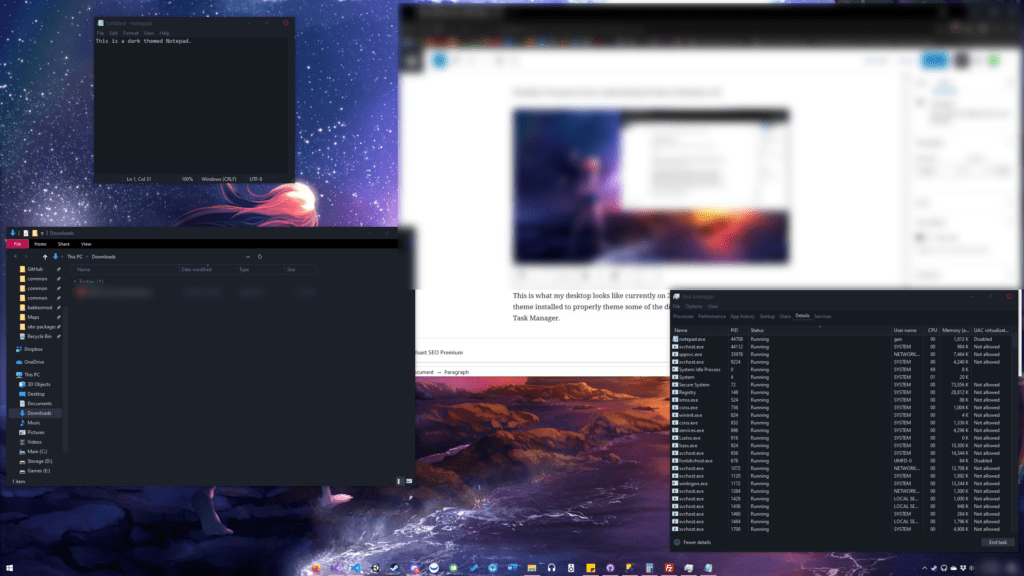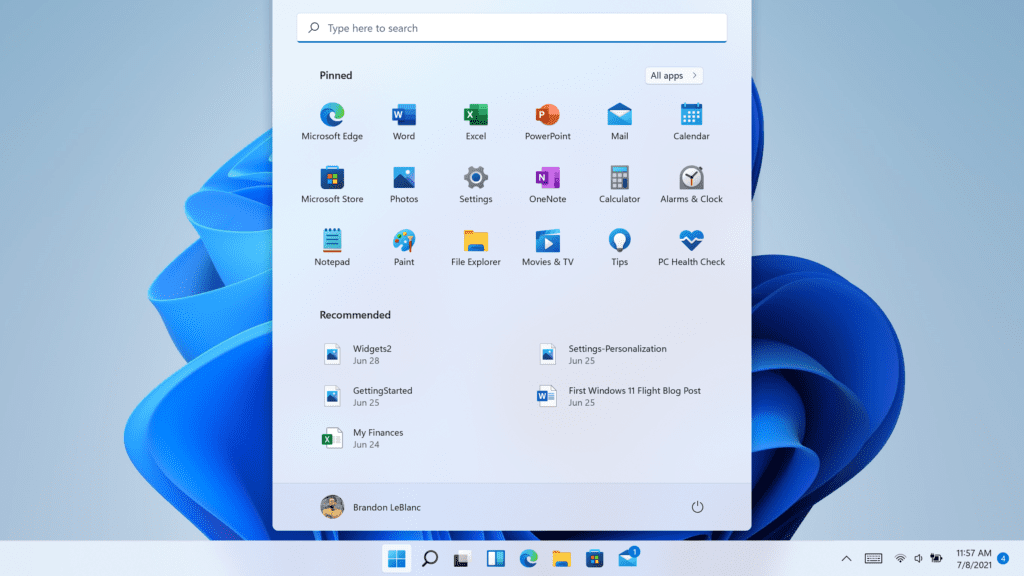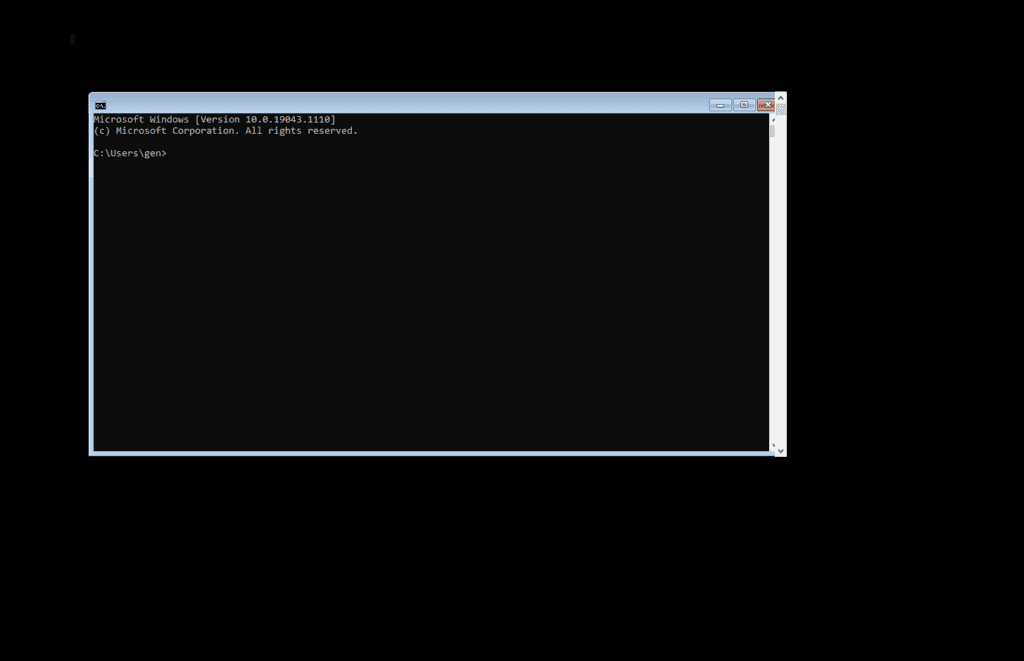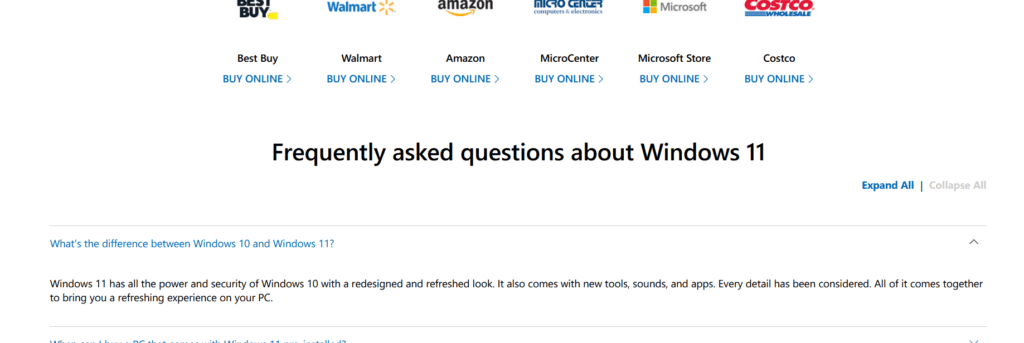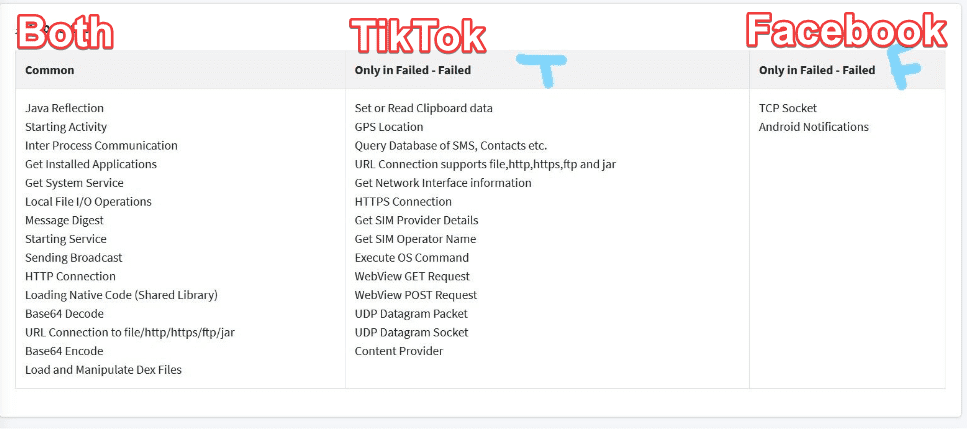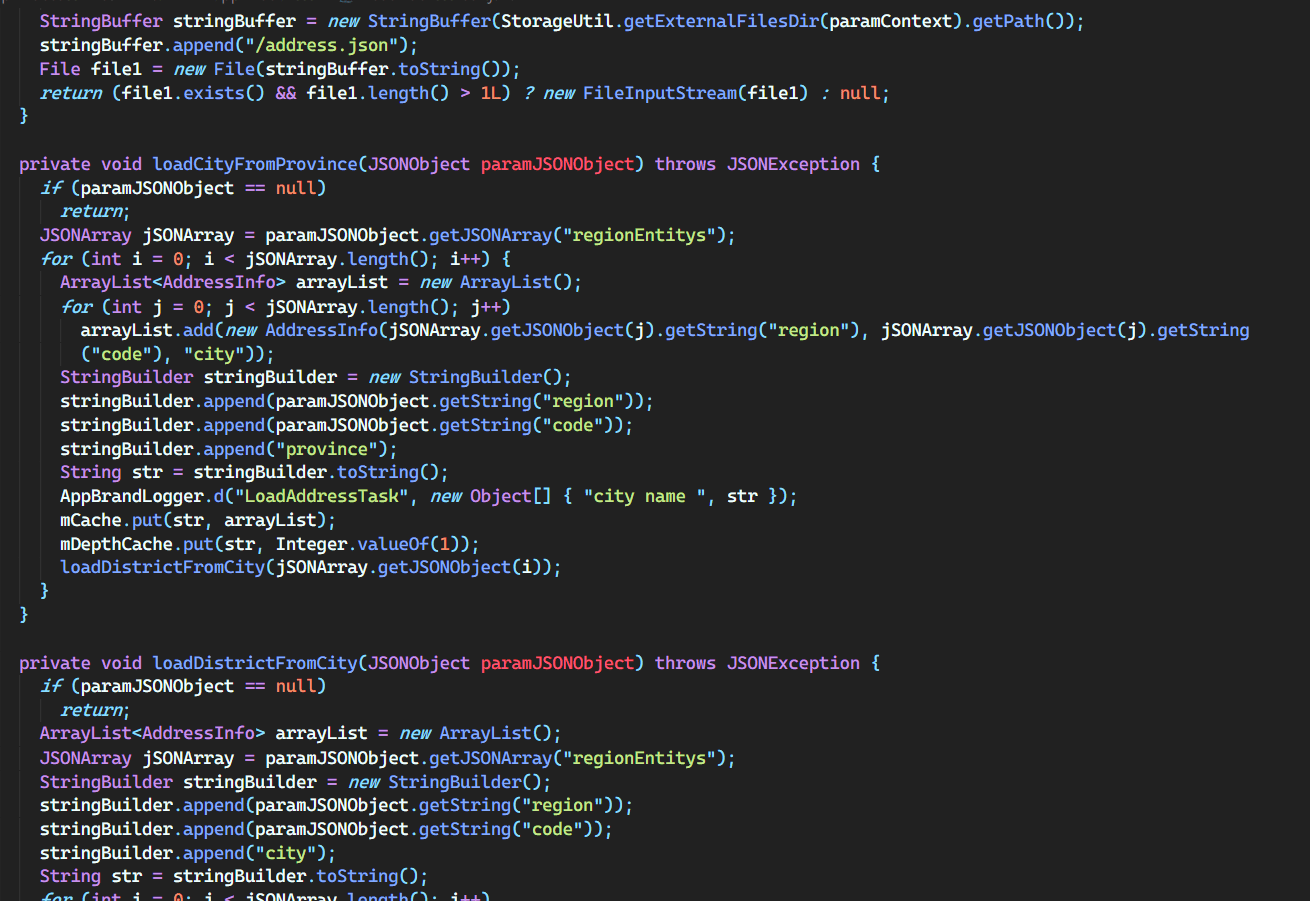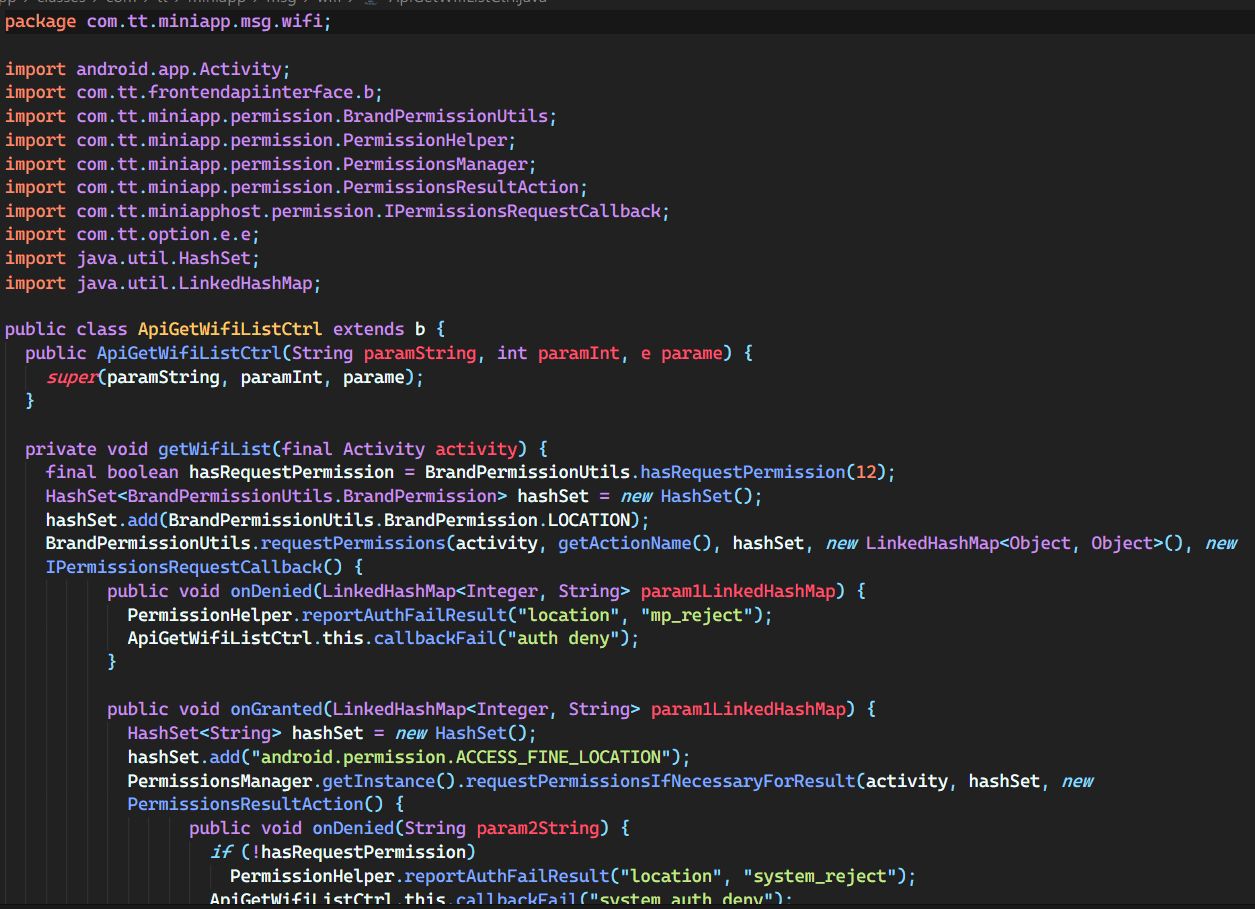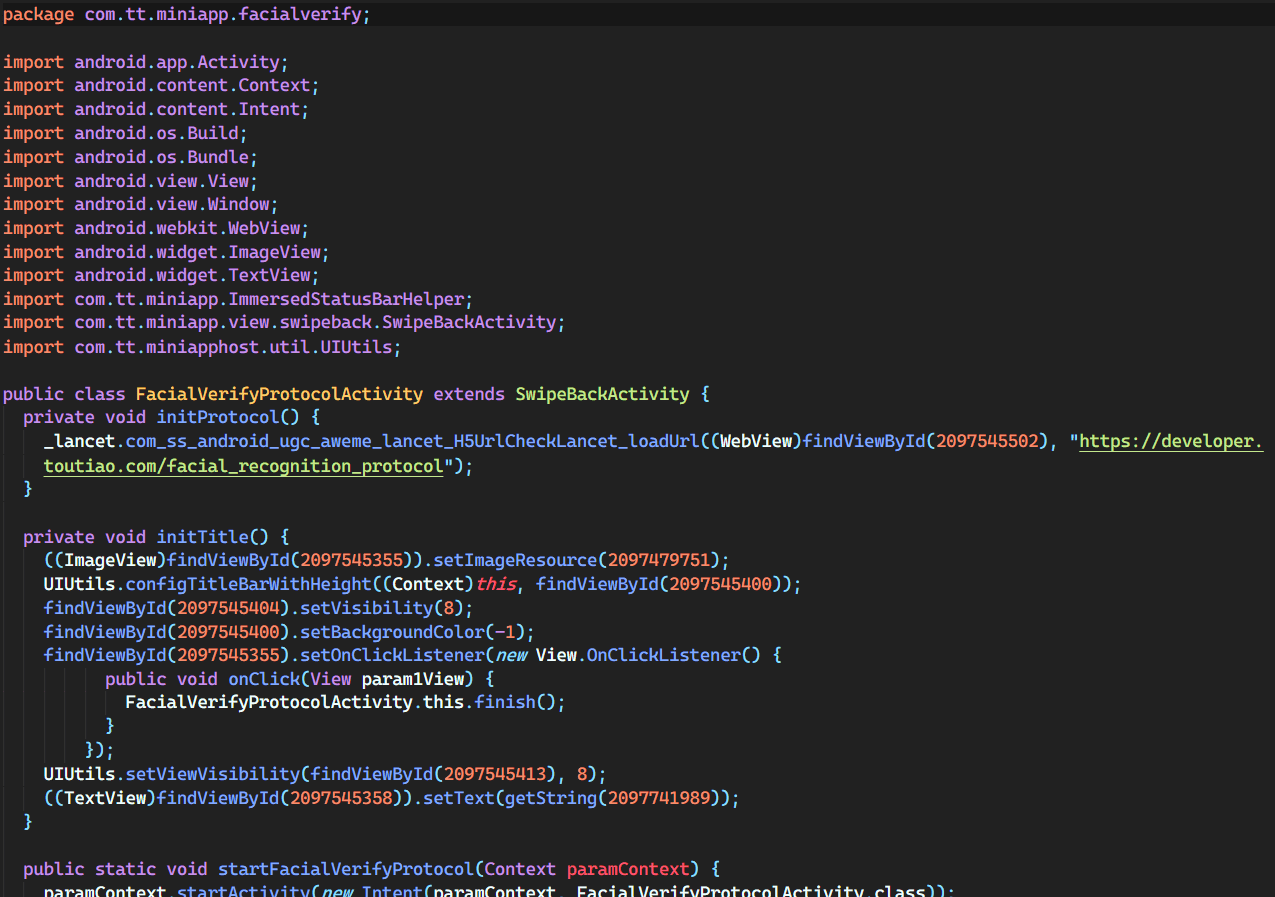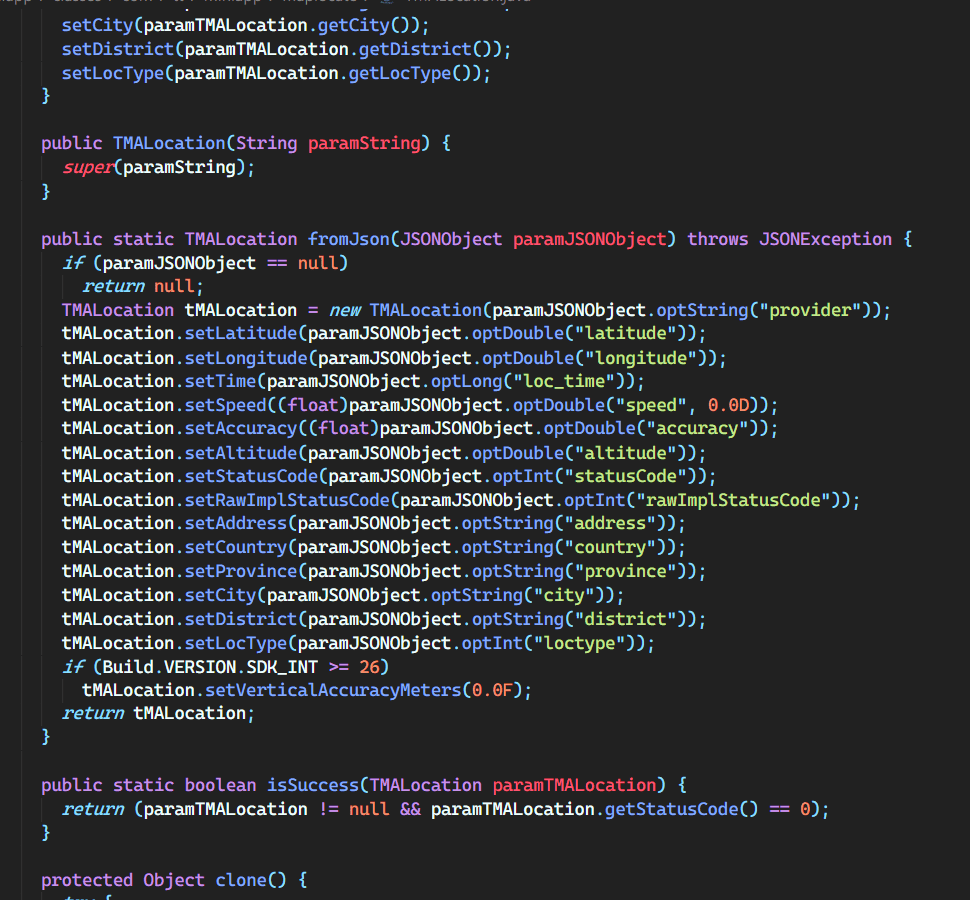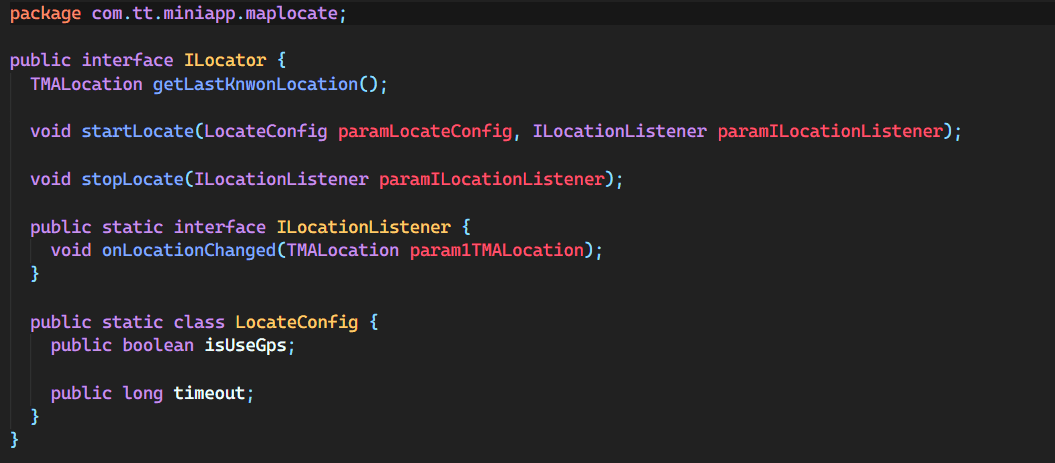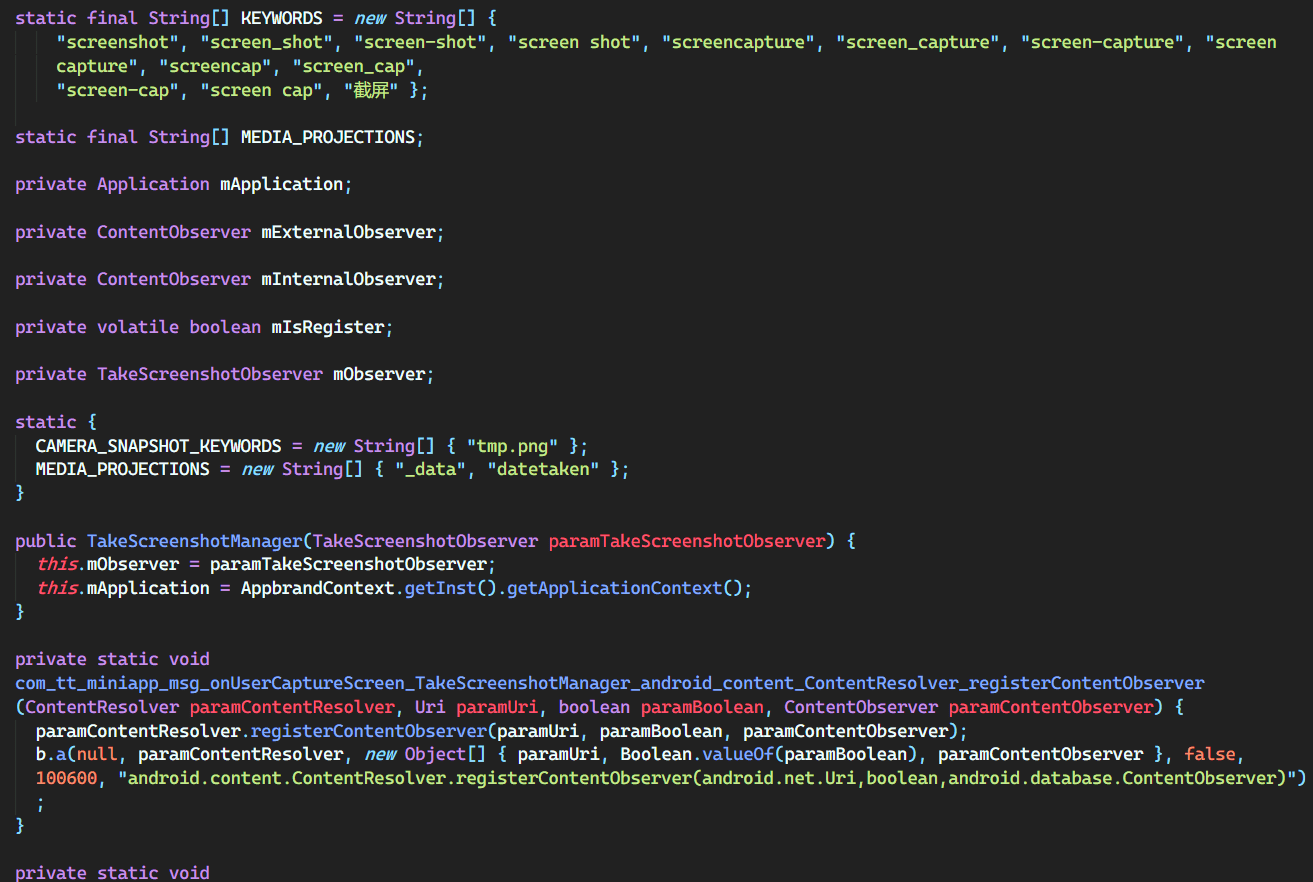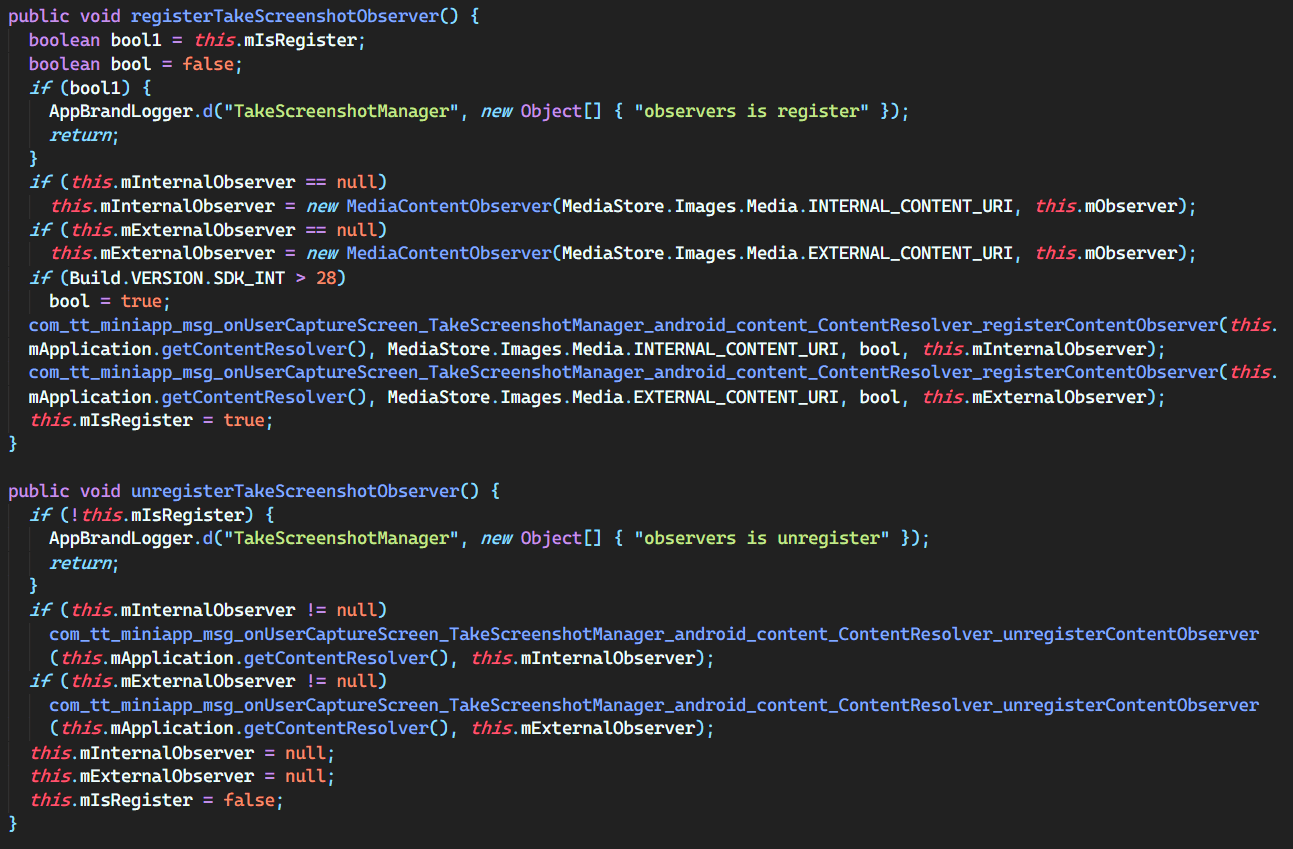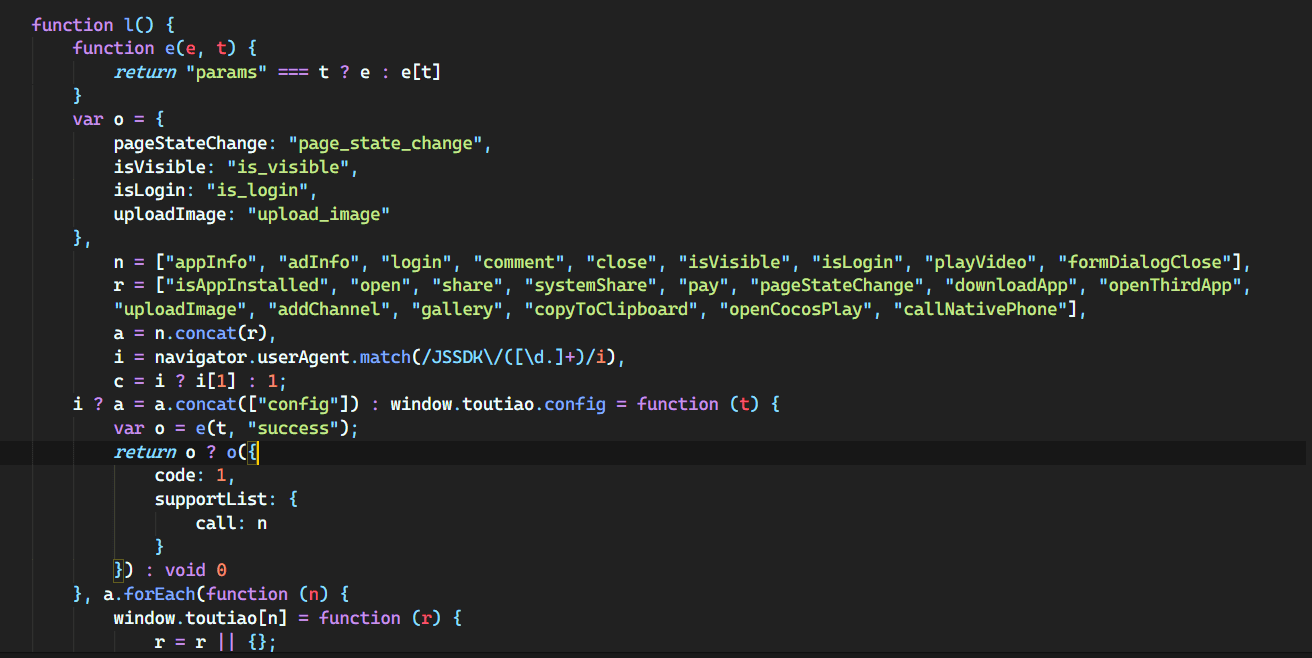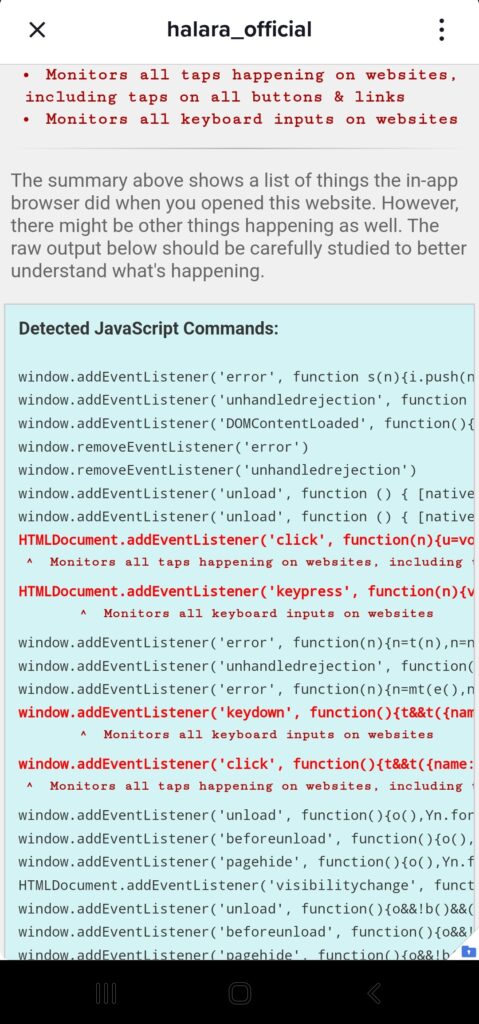When Bitcoin was started in Jan. 3, 2009, it was a mystery. No one was ever credited with its invention, and while many people have falsely claimed to be the author, the real inventor still has yet to be verified, although I think it’s Adam Back.
An overview of Bitcoin
Bitcoin has a couple of neat features built into its design. Most people are aware by now of “mining” Bitcoin, which consists of using powerful computer components to, essentially, check math equations verifying other users transactions with the coin to keep fraud or hacks from occurring. The more computers verifying the transactions, the safer, as theoretically a bad actor could take 51% control of the network and verify forged Bitcoin transactions.
When mining Bitcoin, a ‘block reward’ is paid out to the one computer who verifies the transaction correctly first, and guesses the solution to the math problem the fastest. The ‘transaction fees’ that you pay when sending Bitcoin are paid out as a way of compensation for helping the network, and are separate from the block reward.
The block reward, originally, was 50 BTC. This would be an astronomical $3,027,800.00 in today’s currency with the current conversion rate of Bitcoin (1:60556).
Naturally, if that much Bitcoin was given out with today’s popularity of the coin, it would cause rapid inflation. This is because as more Bitcoin entered the market, it would become more easily obtained, and the demand would drop, making the value of Bitcoin decrease.
However, as the authors were aware of economic theory, they implemented a few safeguards to try to mitigate that situation. First, there is a hard limit on the amount of Bitcoin that can ever be created. That limit is 21 million. This is set in the source code and a fundamental rule that cannot be changed without disrupting the entire network. Once that number is reached, no more Bitcoin can be given out as a block reward. We are estimated to reach the upper limits of Bitcoin around 2140, but at least 97% of all Bitcoins will be mined into existence in the next decade. The last 3% will take much more time, due to another one of the cryptocurrency’s features.
Bitcoin has a process built into its underlying framework and code that is known as “halving”. Bitcoin’s framework contains instructions to decrease the block reward every 210,000 blocks rewarded. This means about every 4 years at our current pace, the block reward divided by 2. In 2009, it was 50 BTC, as stated above. In 2012, it halved to 25. In 2016, 12.5. Now, most recently, in 2020, it’s dropped to 6.25. This will continue until the block rewards become negligible amounts of Bitcoin.
This process helps maintain the scarcity of Bitcoin as a resource and a currency.
If you want to learn more about cryptocurrencies, you can look at “how do blockchains work?”, for an easy to understand explanation.
Let’s talk about usage
Bitcoin uses a lot of energy. Mining Bitcoin is a very electricity intensive task, and “Cambridge researchers say it consumes around 121.36 terawatt-hours (TWh) a year”. This is more than the whole of Argentina uses per year, and that number will only increase as Bitcoin becomes more widespread.
This, additionally, is by design. The more power and effort it takes to compute a block’s solution and get that BTC reward, the better for BTC. This method also keeps the value of the currency in check because it requires more effort and money to produce, therefore it must be worth more, right? ?
When looking at utility use of Bitcoin, it’s hard to argue for it modern day. Most of the ideas people are rallying behind do not apply to Bitcoin anymore, and can be found elsewhere in far better cryptocurrencies. Bitcoin, as a whole, has been surpassed technologically many times over at this point. This is to be expected. Bitcoin should be seen as the framework for cryptocurrencies, the origin idea, but not the final version, or anywhere close to it. The first phone was nothing like what we have today, just like the first computer. There is a necessary step in the process of adoption for technology of all levels, and this is the next technology that will take a while to refine.
Bitcoin is unchanging because of its code, which means it’s difficult to keep modern. Many other cryptocurrencies that have implemented Bitcoin’s core ideals have been released since 2009 however, and many that do it better. For instance, one such “feature” of Bitcoin is that it is supposedly anonymous. However, it is not. This is a fact. Many government agencies and even private companies have developed extremely sophisticated solutions to parse the blockchain and create connections to online identities. Personally supplied information to exchanges for verification is readily sold and shared with many partners, or such government agencies. This along with computer usage, location, and withdrawal location tracking can paint a clear picture of how Bitcoin is being used, where, and how much.
Okay, so it isn’t private. What about speed? Is Bitcoin fast?
Well, no. It’s not fast by digital standards anyway. It is definitely better than a 3-5 day ACH transaction by your bank or a wire, but it still takes around 30-60 minutes depending on transaction fees. If you pay a higher transaction fee, you can send it in as little as 10 minutes or lower. There was a recent change to the Bitcoin network called segwit that is a whole other technological explanation, but basically increased the speed of the network, decreased transaction fees, and freed up more space for transactions by removing unnecessary data.
Modern cryptocurrencies have this beat, however. Ethereum transactions on average are confirmed in around 5 minutes, and NEO confirms in 15 seconds. Ripple can be sent in 4 seconds.
Monero, a cryptocurrency that takes the idea of anonymity from Bitcoin and runs with it, makes a nice balance between security and speed with 30 minute transaction times on average. Monero is unable to be tracked or linked to identities easily with today’s technology, as it was/is built with a security-first focus in mind. In fact, it’s so effective that the IRS has offered up to $625,000 to anyone that can successfully crack it or track transactions taking place.
Well, do people use it? Not really, either. Most of Bitcoin is stored in long-term holding wallets, or people want to purchase it like a stock, because they think the value will rise. A currency is effective and useful when it can be used as just that: a stable currency. Bitcoin is not stable by any means price-wise, and that means it is treated more as a store of value. Because of this, it’s difficult to use in transactions because the prices change so quickly, in the next 10 minutes the Bitcoin you just got paid for your services could be worth less than half of what it was originally.
Despite all this, cryptocurrencies are still a promising technological advancement – we simply need more iterations like every level of technology that has ever been developed.
What’s next?
Bitcoin is a great framework and foundation for future ideals of cryptocurrencies that will eventually rule the world. The era of slow banking apps and waiting days to transfer money have already largely been eased with the introduction of apps like PayPal, Venmo, or Cashapp, and they will be eliminated in the future when cryptocurrencies are refined and implemented properly into everyday conveniences.
If you want my opinion on what cryptocurrency will be the next widely adopted coin? None of the current ones available.
2032
It helps me if you share this post
Published 2021-10-16 11:48:38

